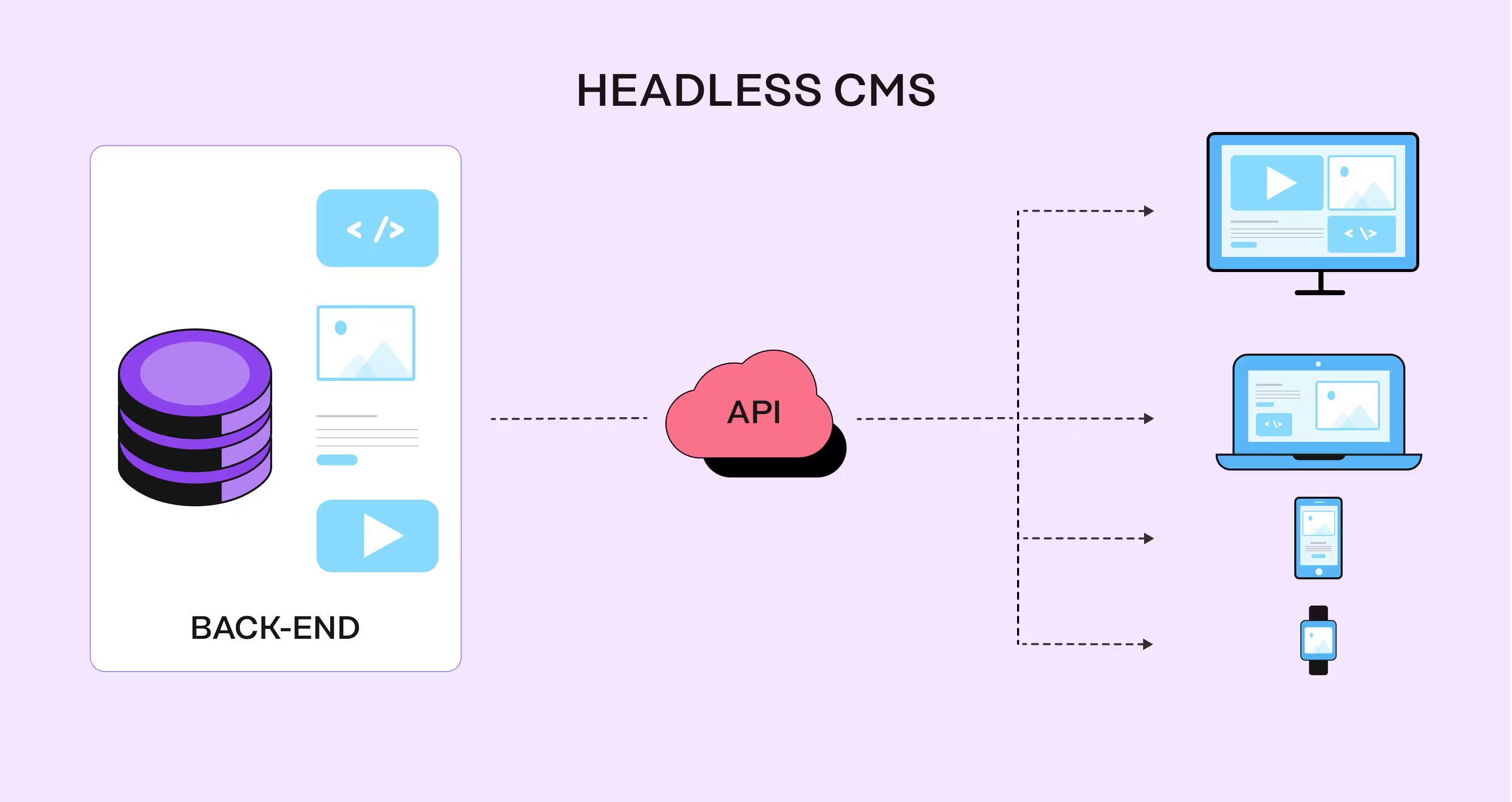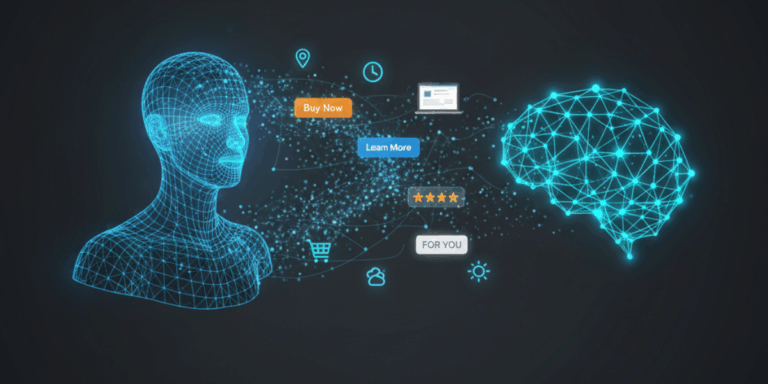Web development is continually changing, and one technology making waves in this space is the Headless Content Management System (Headless CMS). Unlike traditional CMS solutions, which tightly couple the backend (content storage) with the frontend (presentation layer), a headless CMS decouples these layers. This approach empowers businesses to manage content centrally while delivering it to a myriad of platforms, like websites and mobile or to IoT devices. Headless CMS solutions are redefining how we approach content management.
What is a Headless CMS?
A Headless CMS is a backend only content management system that uses APIs to deliver content wherever it’s needed. The absence of a predefined frontend, or “head”, provides developers with the freedom to build bespoke user interfaces using their preferred frameworks and tools. Content is stored in a centralized repository and distributed across channels via APIs.
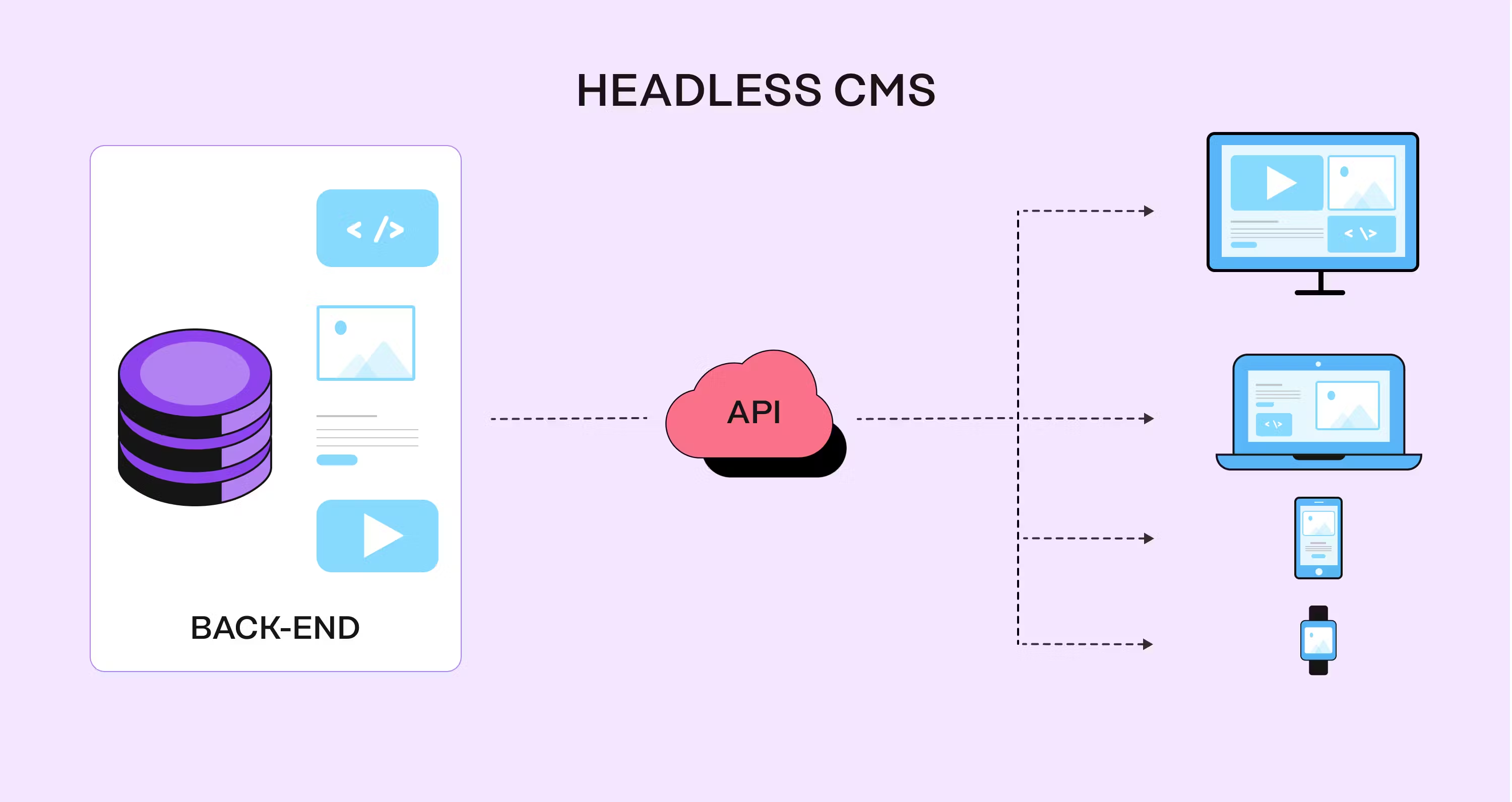
Benefits of Adopting a Headless CMS
1. Flexibility for Frontend Development
Unlike traditional CMS platforms that limit design and development to their built in templates and tools, a headless CMS offers more flexibility. Developers can use their favorite frameworks, like React, Vue.js, or Angular, to create dynamic and interactive frontends. This freedom allows for creativity and enables the creation of unique user experiences.
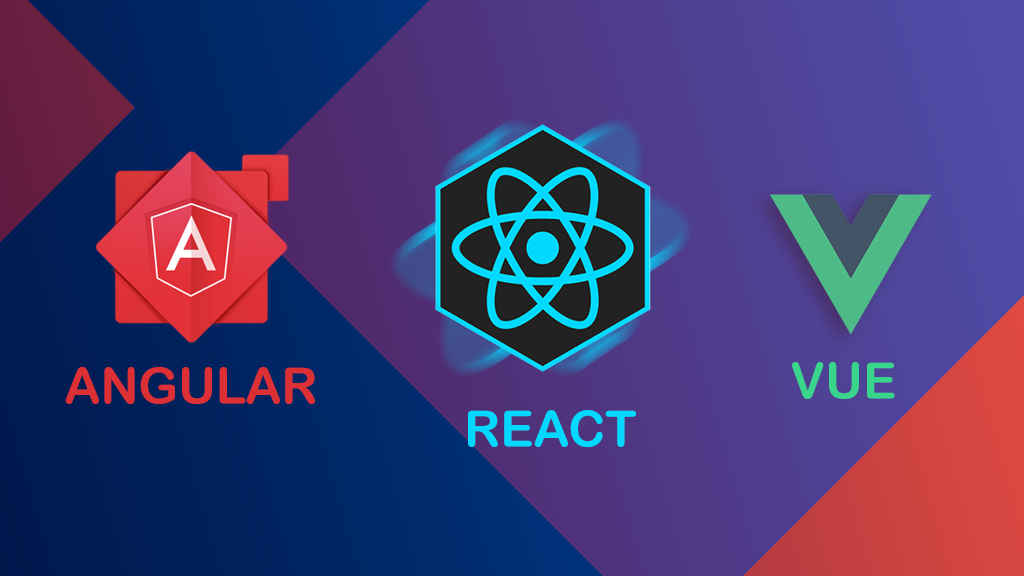
2. Scalability
Scaling content across various platforms is a challenge for businesses. With a headless CMS, content is served via APIs, allowing it to be distributed to websites, mobile apps, smart TVs, voice assistants, and even IoT devices. This scalability makes it easier to maintain consistency while reaching diverse audiences.
3. Enhanced Performance
Traditional CMS platforms can be resource intensive and often lead to slower load times, especially for complex websites. Headless CMS solutions are designed for speed. This means they offer lightweight backends that improve performance. Faster websites translate to better user experiences and can also enhance search engine rankings.
4. Future Proofing Content
As technology changes, businesses need solutions that can adapt to new devices and platforms. A headless CMS future proofs your content strategy by ensuring compatibility with emerging technologies. Whether it’s a smart fridge or a virtual reality platform, your content is ready to go wherever the future takes it.
Leading Headless CMS Platforms
Here are some of the most popular options:
- Contentful: Known for its robust APIs and user friendly interface. Contentful is a favorite among developers for managing and delivering content efficiently.
- Strapi: An open source headless CMS. Strapi offers customization and flexibility.
- Sanity: With its real time collaboration features and powerful APIs, Sanity is a top choice for teams working on complex projects.
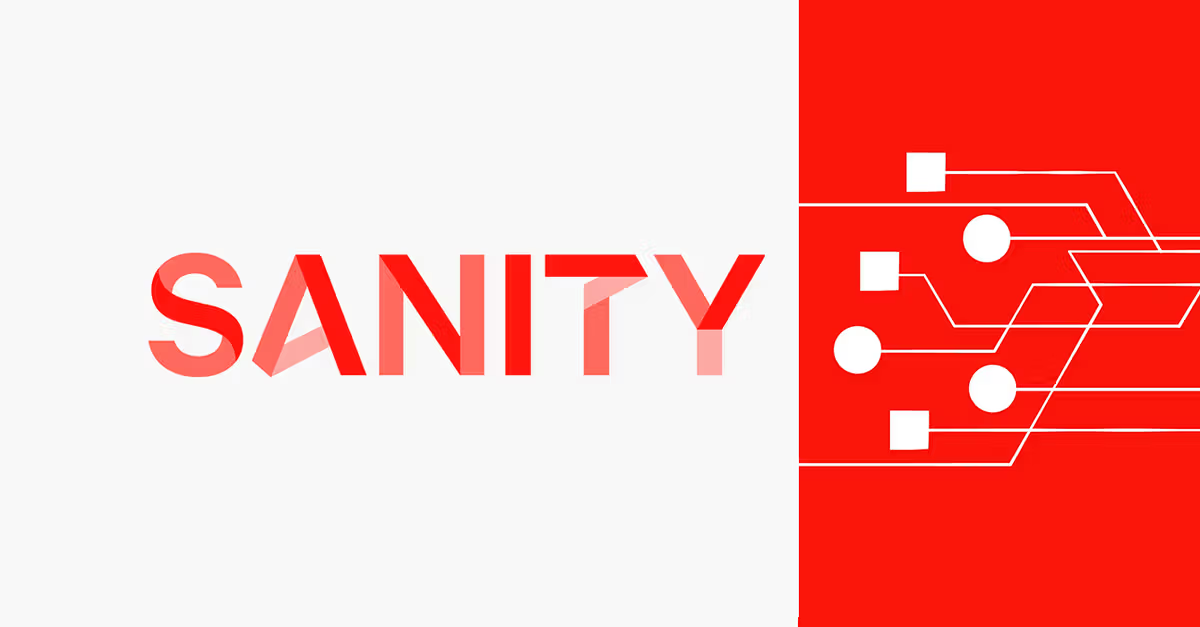
Use Cases for Headless CMS
Headless CMS solutions excel in environments where omnichannel engagement is a priority. Some common use cases include:
- E-commerce Platforms: Deliver product catalogs to web, mobile, and voice interfaces with consistent branding.
- Media and Publishing: Facilitate content creation and distribution across websites, apps, and digital kiosks.
- IoT Integration: Extend content delivery to smart devices, such as wearables and connected appliances.

Is a Headless CMS Right for You?
Switching to a headless CMS is a strategic decision that depends on your business needs and technical resources. If your goals include creating customized user experiences or scaling content distribution, then a headless CMS may be the perfect solution. However, implementation can be complex, requiring skilled developers.


